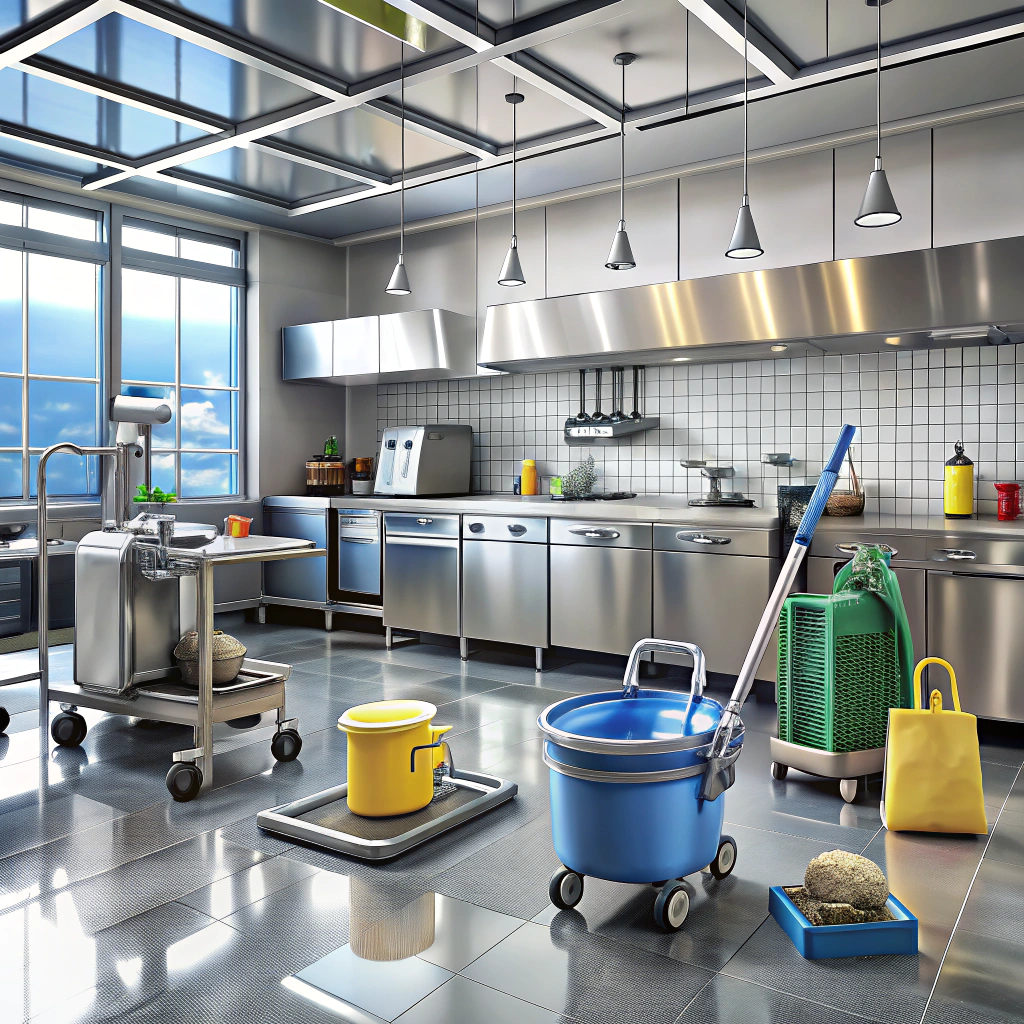Last updated on
Discover the most efficient methods to quickly enjoy hot water at your kitchen sink, making your everyday tasks easier and more convenient.
Are you tired of waiting for hot water to come out of your kitchen sink? Do you find yourself wasting precious minutes every day just standing there, twiddling your thumbs and staring at the faucet? Well, fear not my friends, because I’ve got some tips and tricks that will help you get hot water faster than ever before! In this article, I’ll walk you through some simple yet effective ways to speed up the process so that you can spend less time waiting and more time enjoying your morning coffee or cooking up a storm in the kitchen. So let’s dive in and learn how to get hot water faster at your kitchen sink!
Key takeaways:
- Understand different types of water heating systems.
- Hot water is essential for kitchen tasks and sanitation.
- Assess your current hot water situation for improvements.
- Factors like distance, pipe size, and insulation affect hot water delays.
- Consider options like insulating pipes or installing a recirculating system for faster hot water.
What's Inside
Understanding Water Heating Systems
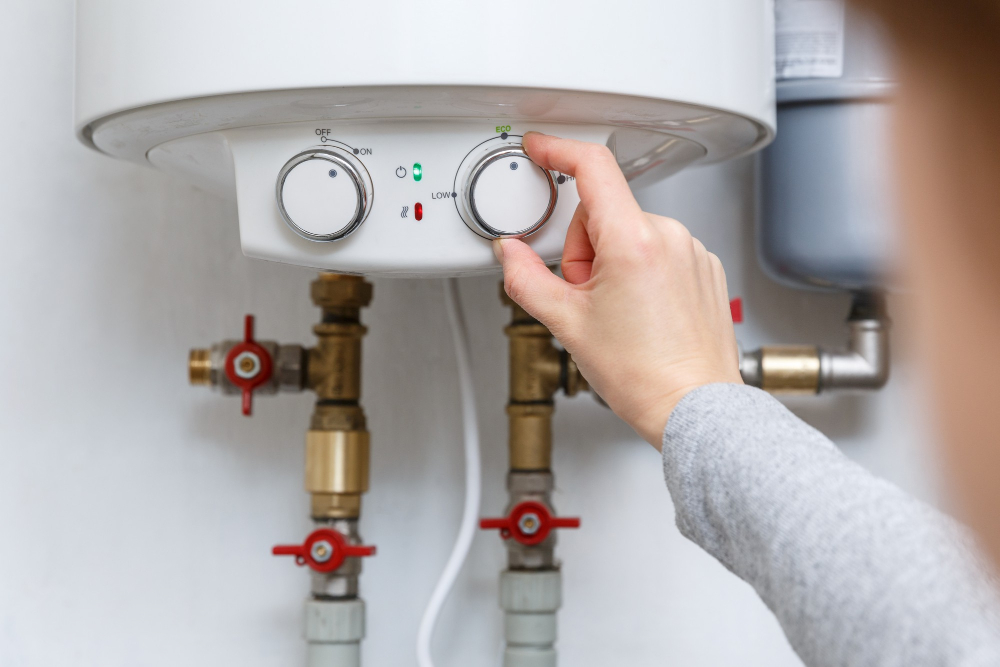
To understand how to get hot water faster at your kitchen sink, it’s important to have a basic understanding of the different types of water heating systems available. The most common type is a storage tank system, which heats and stores hot water in a large tank until it’s needed.
When you turn on the faucet, cold water enters the bottom of the tank while hot water exits from the top.
Another type is an instant or “tankless” system that heats up only when you need it. These systems are more energy-efficient than storage tanks because they don’t waste energy keeping unused hot water heated all day long.
There are hybrid systems that combine elements of both storage tanks and instant heaters for maximum efficiency and convenience.
Each type has its own pros and cons depending on your household needs and budget constraints.
Importance of Hot Water in the Kitchen
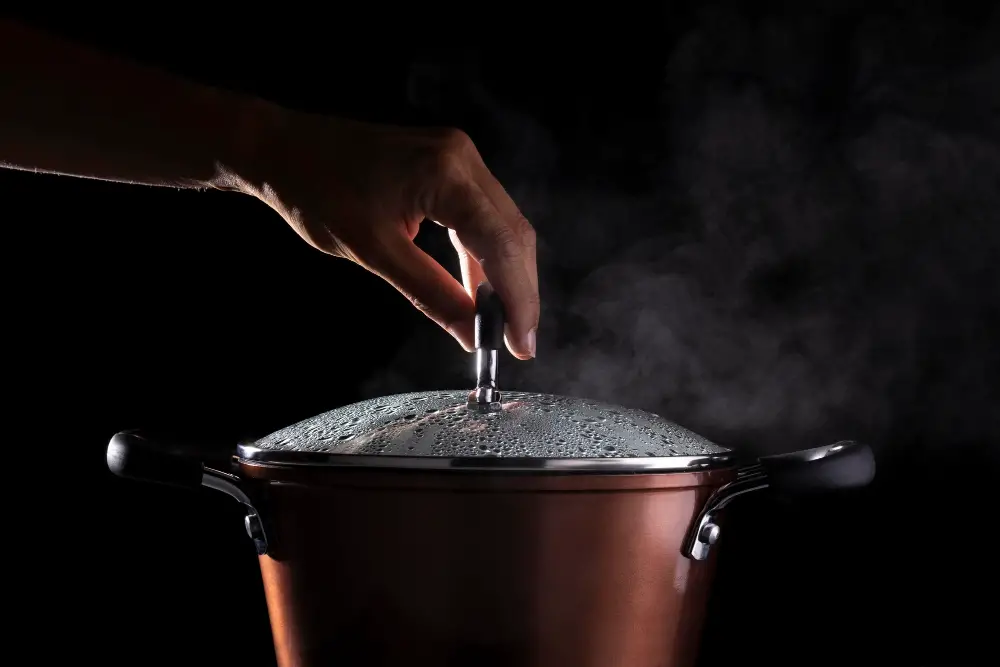
From washing dishes to preparing food, hot water plays a crucial role in ensuring that your kitchen runs smoothly and efficiently. Imagine trying to wash greasy pots and pans with cold water or cooking pasta without boiling it first – it just wouldn’t work! That’s why having access to hot water at your kitchen sink is so important.
Not only does hot water make cleaning easier, but it also helps sanitize surfaces and utensils by killing bacteria and germs. Many recipes require the use of hot or boiling water for cooking purposes.
Without adequate access to hot running tap-water in the kitchen can be frustrating as you may have to wait several minutes before getting enough warm/hotwater for your needs which could lead you into wasting time while waiting on the faucet.
Assessing Your Current Hot Water Situation

Take a moment to observe how long it takes for hot water to reach your kitchen sink and note any other issues that may be affecting the flow of hot water. Is there a delay in getting hot water? Does the temperature fluctuate frequently? Are there leaks or drips from the faucet or pipes?
Once you have identified these issues, consider their possible causes. For example, if you notice that it takes too long for hot water to reach your kitchen sink, this could be due to several factors such as distance between the faucet and heater or poor insulation of pipes.
By assessing these problems and their root causes, you will have a better understanding of what needs improvement in order for you get hotter faster at your kitchen sink. This knowledge will help guide which solutions are best suited for addressing specific concerns with minimal cost while maximizing efficiency gains over time.
Understanding Hot Water Delays

The farther away your kitchen sink is from the water heater, the longer it will take for hot water to reach you. This delay can be frustrating and wasteful, as you may end up running more water than necessary while waiting for it to heat up.
Another factor that contributes to hot water delays is pipe size and material. Older homes often have smaller pipes made of materials like copper or galvanized steel that are less efficient at transporting heated water quickly.
Understanding these factors can help you identify why your kitchen sink takes so long to get hot and what steps you can take to improve its performance.
Why Does It Take So Long to Get Hot Water to My Faucet?
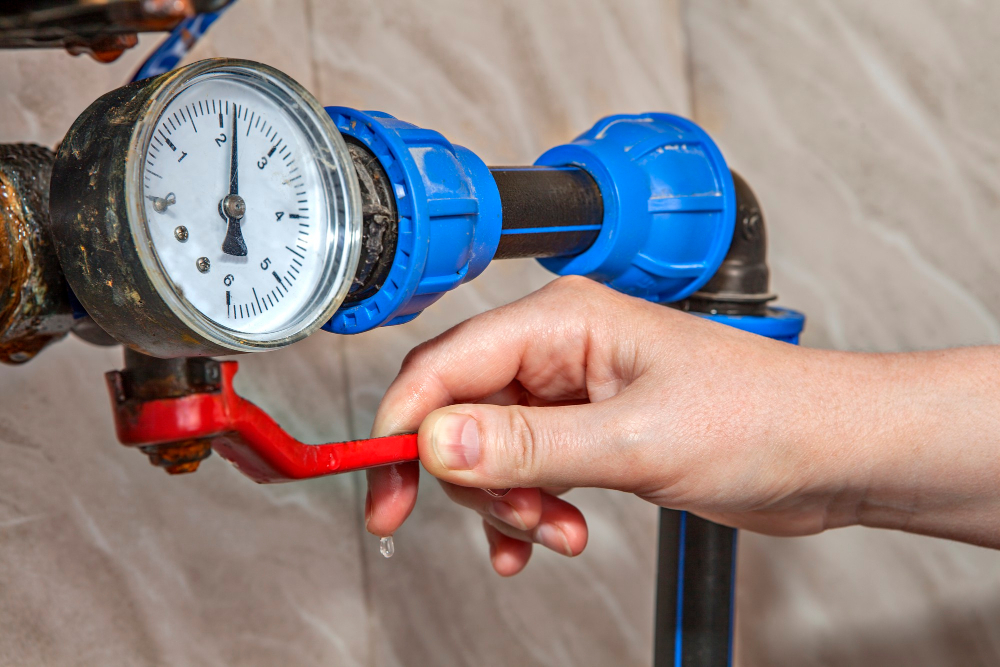
When you turn on the hot water tap, cold water that has been sitting in the pipes needs to be pushed out before hot water can flow through. This process can take several minutes, depending on how far away your faucet is from the heater.
Another factor that contributes to slow hot-water delivery is pipe size. If you have narrow pipes or a lot of twists and turns in them, it will take longer for heated-up H2O to travel through them.
Insulating Hot Water Pipes

When hot water travels from your heater to your faucet, it loses some of its heat along the way due to contact with cold air or surfaces. This can result in a significant delay before you get hot water at your sink.
To solve this problem, consider insulating your hot water pipes. Insulation helps keep the heat inside the pipe and prevents it from escaping into colder areas like basements or crawl spaces.
You can purchase pre-slit foam insulation tubes that are easy to install yourself by simply slipping them over exposed sections of pipe and securing them with duct tape. Alternatively, you could hire a professional plumber who will be able to assess which type of insulation would work best for your specific situation.
Repositioning the Water Heater

The location of the water heater can have a significant impact on how long it takes for hot water to reach your faucet. If the distance between the sink and the heater is too far, or if there are multiple bends in pipes that slow down flow rate, then you may experience delays.
To solve this issue, consider moving your existing tank-style unit closer to where you need hot water most frequently – such as under or near the kitchen sink. This will reduce heat loss through piping and minimize wait times for warm H2O.
Alternatively, if relocating isn’t an option due to space constraints or other factors like gas line access points etc., installing a point-of-use (POU) electric tankless system could be another solution worth considering. These compact units can fit right under sinks and provide instant heating without having any effect on other fixtures in different parts of home.
Installing a Hot Water Recirculating System

This system works by circulating hot water through your pipes, so that it’s always readily available when you need it.
The installation process involves adding a pump and return line to your existing plumbing setup, which can be done either as part of new construction or as an upgrade to an existing home. The pump circulates the heated water from the tank back into the supply lines, ensuring that there’s always warm water ready for use.
While this option may require some upfront investment in terms of equipment and installation costs, it can save you time and money in the long run by reducing wasted energy on heating up cold standing-water every time you turn on your faucet.
Hot Water Recirculation Pump
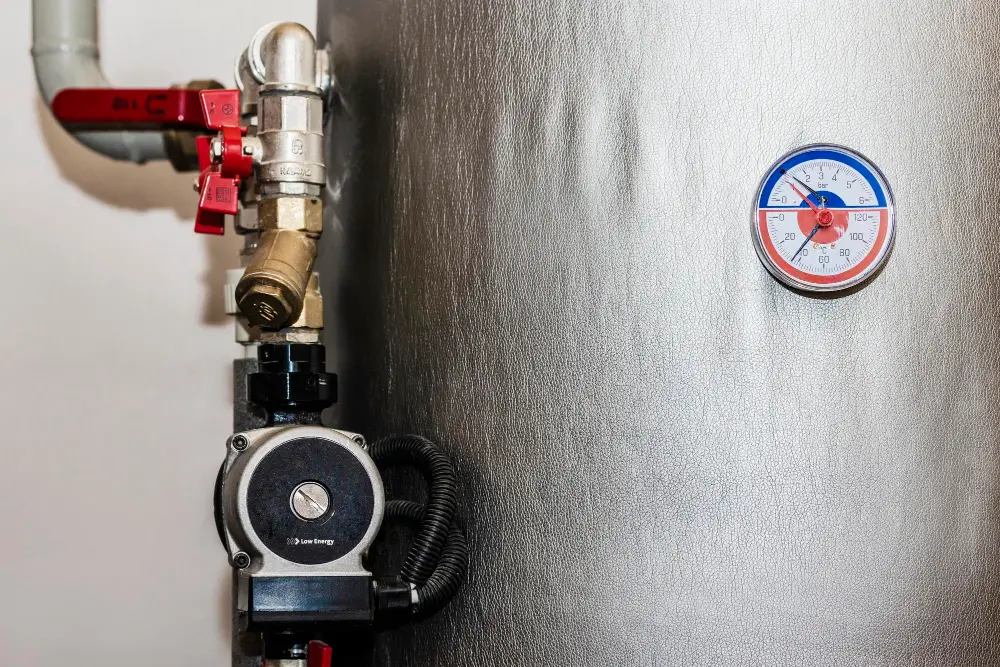
This system works by continuously circulating hot water through your pipes, so that when you turn on the faucet, you don’t have to wait for it to heat up. Instead, you’ll have instant access to hot water whenever you need it.
A recirculating pump can be installed in various ways depending on your home’s plumbing configuration and needs. Some systems use a dedicated return line that circulates the heated water back into the tank while others utilize existing cold-water lines as return lines.
While this solution may require some upfront investment and installation costs, it can save time and energy in the long run by reducing wasted resources waiting for warm-up times or running extra taps just to get rid of coldwater from pipes before using them.
Demand Hot Water Systems

These systems work by heating the water as it flows through the pipes, so there is no need to wait for a tank to fill up with hot water. This means that you can have hot water on demand whenever you need it, whether it’s in your kitchen sink or your shower.
One of the most significant advantages of Demand Hot Water Systems is their energy efficiency. Since they only heat up the amount of water needed at any given time, they use less energy than traditional tank-based systems that continuously heat and store large amounts of unused hot water.
Another benefit is their space-saving design since these units do not require bulky tanks like conventional heaters; they take up much less space and can be installed almost anywhere in your home.
Choosing a Point-of-Use Water Heater
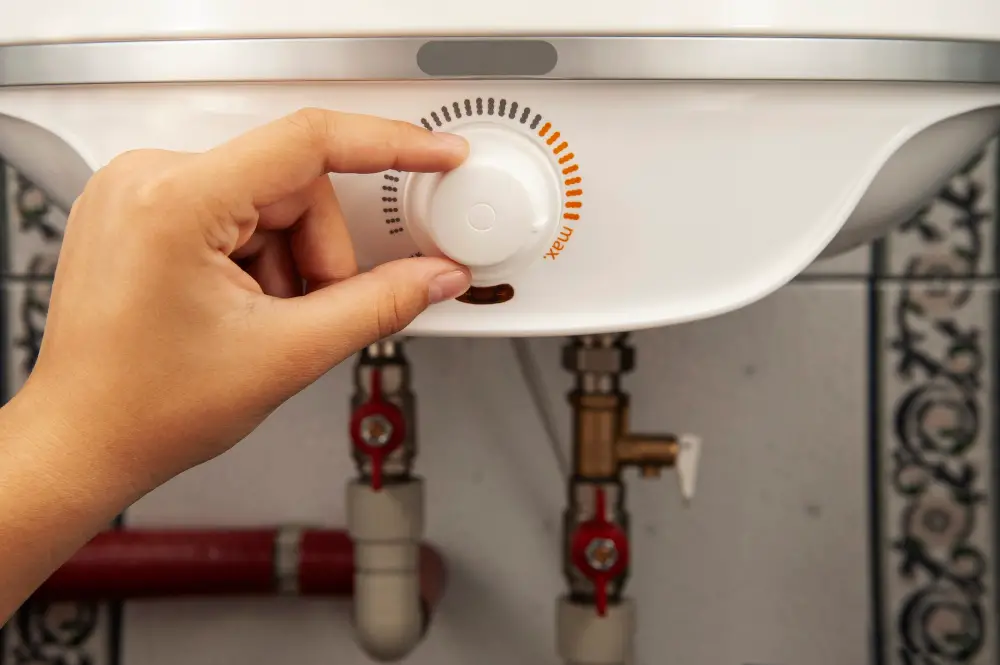
These compact units are designed to provide hot water directly at the source, eliminating any delays or wasted energy associated with traditional systems.
When choosing a point-of-use water heater, there are several factors to consider. First and foremost is size – make sure that the unit you choose is appropriately sized for your needs and can handle the demand of your appliances or fixtures.
You’ll also want to think about energy efficiency – look for models that have high Energy Factor (EF) ratings and meet ENERGY STAR® guidelines. This will not only save you money on utility bills but also reduce your environmental impact.
Consider installation requirements – some models may require professional installation while others can be easily installed by homeowners with basic plumbing knowledge. Be sure to read reviews from other customers before making a purchase decision as well!
Point-Of-Use Tankless Water Heater

Unlike traditional tank-style heaters that store and heat large amounts of water, these compact units are installed directly at the sink or appliance where hot water is needed. This means that there’s no need to wait for hot water to travel through long pipes from a central heating source.
Point-of-use tankless heaters work by using high-powered electric coils or gas burners to instantly heat up cold incoming water as it flows through the unit. The result is an endless supply of on-demand hot water whenever you need it.
While they may cost more upfront than other solutions like recirculating pumps or insulating pipes, point-of-use tankless heaters can save energy and money in the long run by only heating up small amounts of necessary warm/hotwater instead of keeping gallons heated all day long even when not being used.
Can a Water Heater Booster Help Me Get Hot Water Faster?

A booster is an electric device that can be installed on your existing water heater to increase its efficiency and output. It works by heating up the cold water as it enters the tank so that less time is needed for it to reach your faucet at a higher temperature.
While a booster won’t necessarily make hot water appear instantly at your sink, it can significantly reduce wait times and improve overall performance. Plus, since boosters are relatively inexpensive compared to other solutions like tankless heaters or recirculating systems, they may be worth considering if you’re on a tight budget.
Upgrading to a Tankless Water Heater
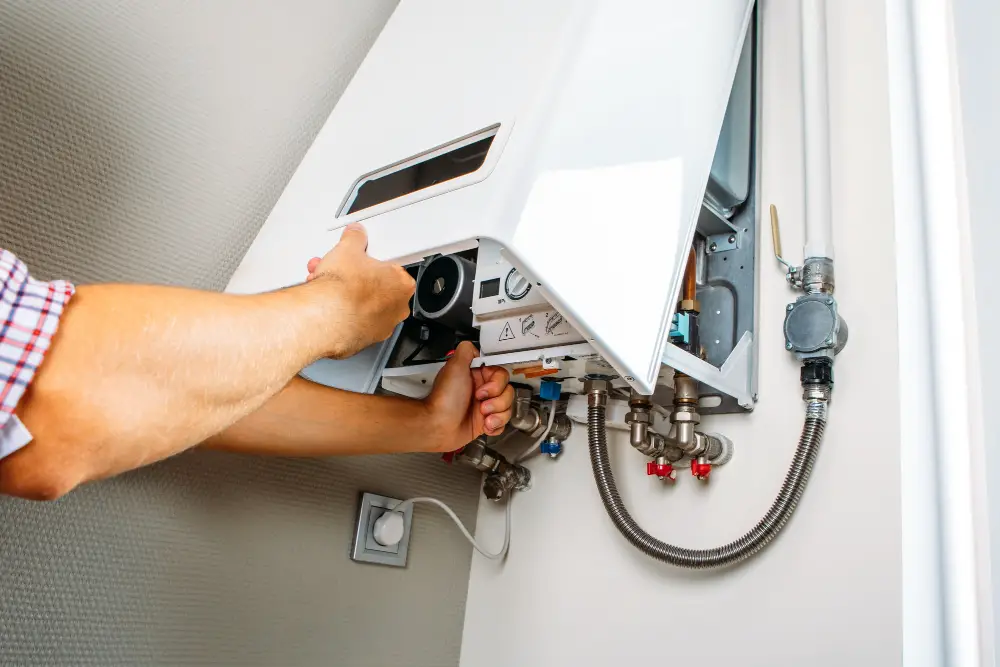
Unlike traditional storage tank heaters that constantly heat and store large amounts of water, tankless heaters only heat the amount of water needed at any given time. This means that you’ll never run out of hot water and won’t have to wait for it either!
Tankless systems are also much more energy-efficient than their counterparts since they don’t waste energy heating up unused or excess amounts of stored hot water. They can save homeowners hundreds on their utility bills each year while providing an endless supply of instant hot showers, baths, and kitchen sink use.
While installing a new system may seem daunting at first glance (and come with higher upfront costs), it’s important to consider the long-term benefits before making any decisions about upgrading your home’s plumbing infrastructure.
Consulting with professionals in this field is always recommended as they can help assess which type/size unit would work best based on household size and usage patterns while ensuring proper installation techniques are followed according to local codes/regulations.
Selecting Energy-Efficient Appliances
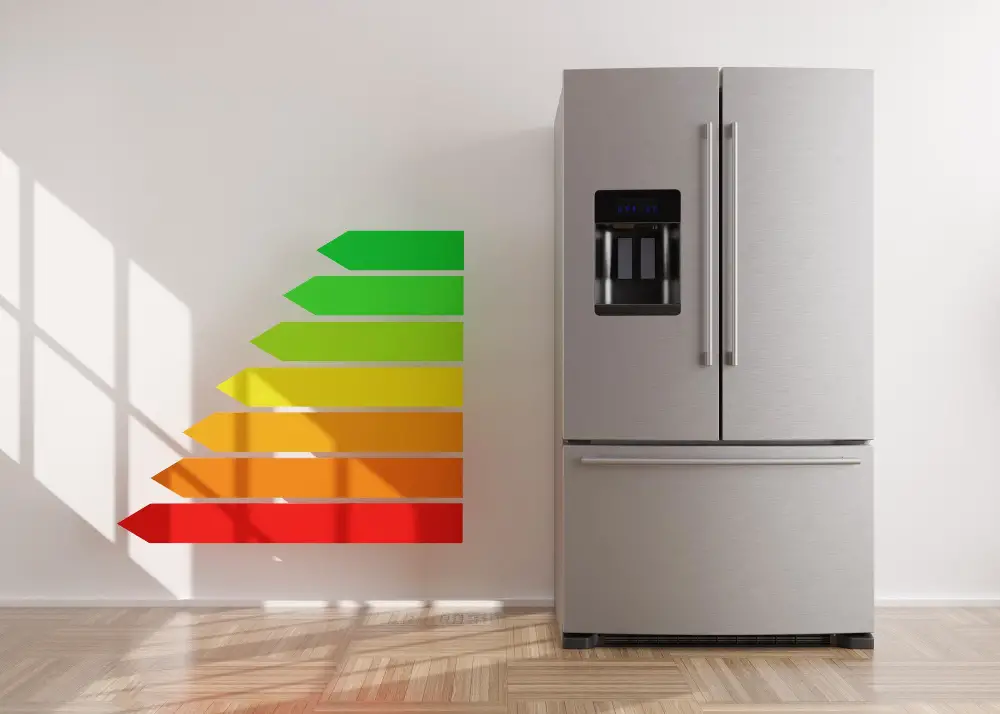
Energy-efficient appliances are designed to use less energy and operate more efficiently than their traditional counterparts. This means that they can heat up water faster and help you save money on your utility bills in the long run.
When shopping for an energy-efficient appliance, look for models with high Energy Star ratings. These ratings indicate that the appliance meets strict efficiency standards set by the U.S Environmental Protection Agency (EPA).
Consider investing in a tankless water heater or point-of-use system as these options provide hot water on demand without having to wait for it to heat up.
Energy Efficiency Considerations
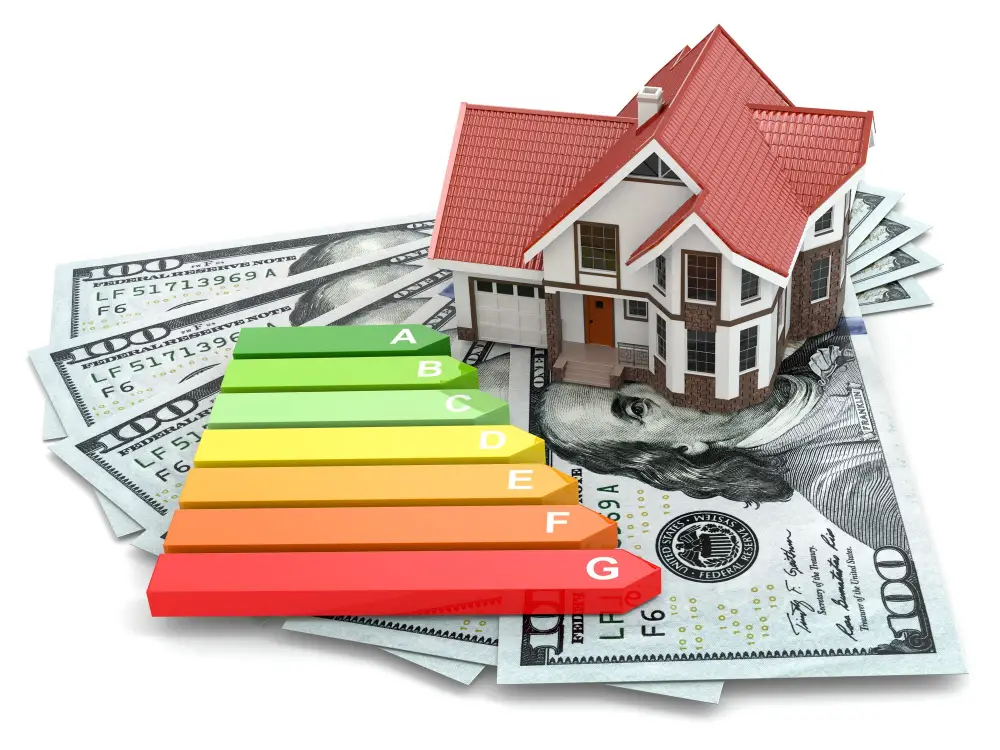
One of the most important things to consider is energy efficiency. While some methods for speeding up hot water delivery can be costly upfront, they can save you money on your energy bills over time.
For example, upgrading to a tankless water heater or installing a demand hot water system may require an initial investment but will ultimately reduce your overall energy consumption and lower utility costs. Selecting Energy Star certified appliances and regularly maintaining them can also help improve efficiency.
By taking these steps towards greater energy efficiency in your home’s plumbing system, not only will you enjoy faster access to hot water but also contribute positively towards environmental conservation efforts by reducing carbon footprint emissions from heating systems.
Costs and Savings Analysis

However, some methods may be more expensive than others. It’s important to consider the costs and potential savings associated with each option before making a decision.
For example, upgrading to a tankless water heater can provide almost instant hot water while also saving energy and money in the long run. However, this type of system can come with higher upfront costs compared to traditional storage tank systems.
Similarly, installing a hot water recirculating system or demand hot water system may require an initial investment but could result in significant savings on your monthly utility bills over time.
It’s essential to weigh the pros and cons of each method against your budget and specific needs before deciding which route is best for you.
Regular Maintenance for Faster Hot Water
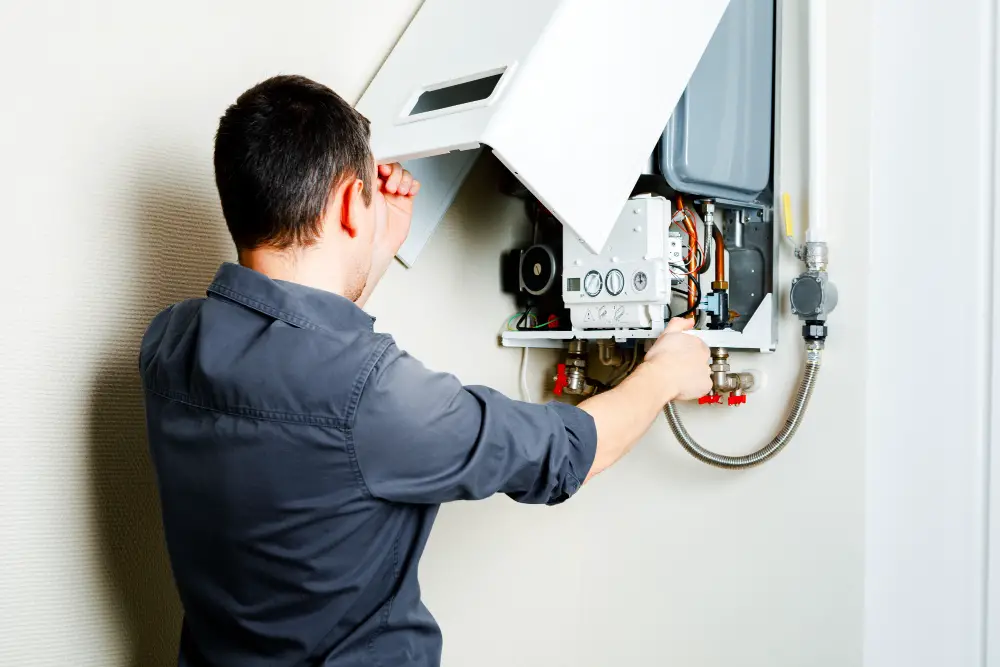
Over time, sediment can build up in the tank, which can reduce its efficiency and cause delays in delivering hot water to your faucet. To prevent this from happening, it’s important to flush out the tank periodically.
To do this, turn off power or gas supply to the unit and shut off cold-water inlet valve. Attach a garden hose at drain valve located near bottom of tank then run it outside or into a bucket if possible.
Open drain valve slowly allowing sediments inside tank flow out with draining water until clear clean running stream comes through.
In addition to flushing out sediment buildup from time-to-time (once every six months), you should also check for leaks around fittings and connections regularly as well as inspecting anode rod condition annually since they are designed specifically for corrosion protection within tanks but will eventually wear down over time requiring replacement when necessary.
Water Heater Repair and Maintenance
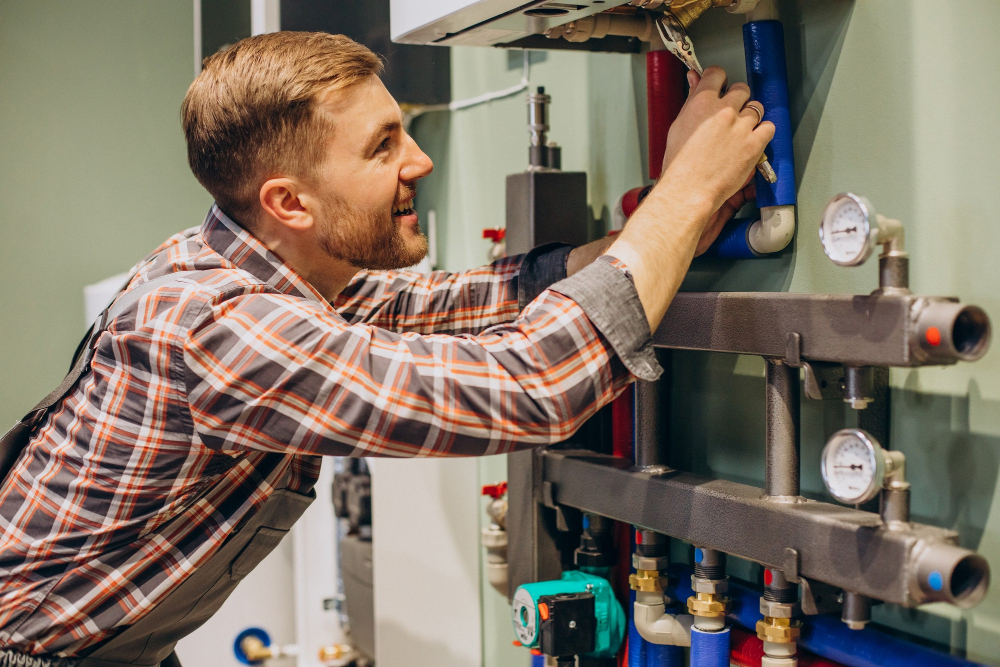
Over time, sediment can build up in the tank of a traditional water heater, reducing its efficiency and causing longer wait times for hot water. Flushing the tank regularly can help prevent this buildup and keep your system running smoothly.
In addition to flushing the tank, there are other maintenance tasks that should be performed on a regular basis. These include checking for leaks or corrosion on pipes and valves, testing pressure relief valves for proper operation, inspecting electrical connections (if applicable), adjusting temperature settings as needed (keeping them at 120°F is recommended), replacing worn out parts such as heating elements or thermostats.
If you’re not comfortable performing these tasks yourself or if you suspect that there’s something more serious going on with your system than just routine maintenance issues – like a malfunctioning thermostat – it’s best to call in an experienced plumber who specializes in hot water systems repair.
Professional Assistance for Hot Water Improvement
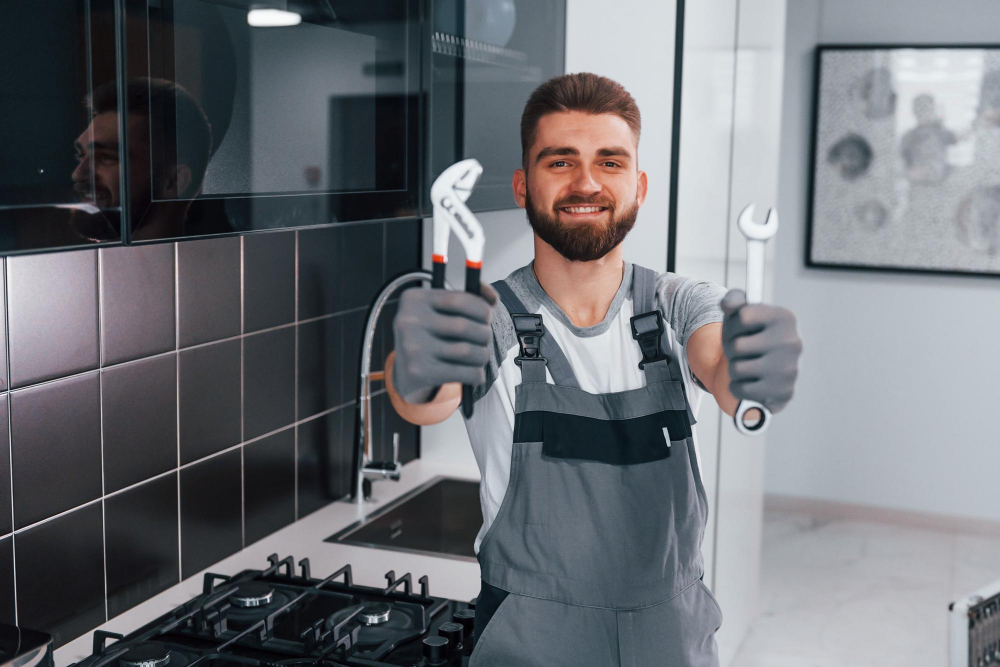
A licensed plumber or HVAC technician can assess your current system and recommend the best course of action for improving hot water delivery. They have access to specialized tools and equipment that allow them to diagnose issues quickly, saving you time and money in the long run.
Professional assistance is especially important if you’re considering upgrading your entire heating system or installing a new one altogether. These types of projects require extensive knowledge of plumbing codes, electrical wiring, gas lines (if applicable), ventilation requirements, etc., which are not typically within the scope of most homeowners’ expertise.
By hiring an experienced professional who specializes in hot water systems improvement services like installation or repair work on tankless heaters as well as traditional ones with tanks; they will ensure that everything is done correctly from start-to-finish so that you can enjoy fast access without any further delays!.
FAQ
How do you get instant hot water under the sink?
To get instant hot water under the sink, install a point-of-use tank water heater near the sink to provide a heating source close to the fixture.
Why is my hot water running slow in my kitchen sink?
The slow hot water in your kitchen sink may be due to debris and sediment in taps, water leaks, blocked filters, or a faulty tempering valve.
How do you make hot water fast?
To make hot water fast, use the hottest tap water setting to fill your pot and consider heating it further in an electric kettle for quicker boiling.
How do you get hot water from sink?
To get hot water from the sink, simply turn on the faucet connected to the hot water line, which is supplied by a hot water heater with a controlled temperature setting.
What are the best options for installing a hot water recirculation system in the kitchen?
The best options for installing a hot water recirculation system in the kitchen involve utilizing either an integrated recirculating system or an aftermarket recirculation pump specifically designed for this purpose.
Are there energy-efficient methods for getting quicker hot water access at the kitchen sink?
Yes, installing a point-of-use hot water heater near the kitchen sink is an energy-efficient method for quicker hot water access.
Can modifying existing kitchen plumbing systems result in improved hot water delivery speed?
Yes, modifying existing kitchen plumbing systems can result in improved hot water delivery speed.




